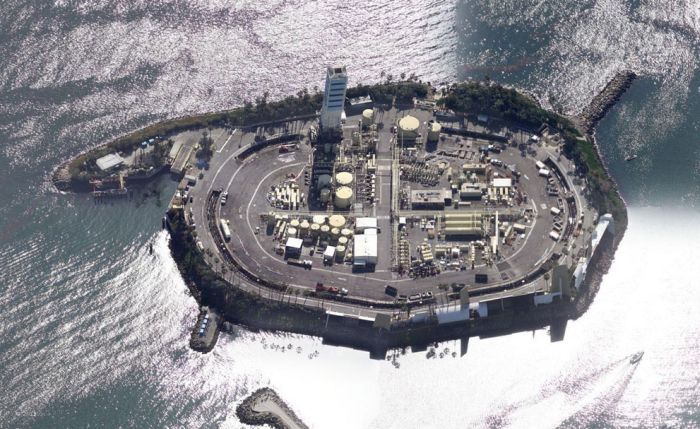|
|
Los Angeles City Oil Field, Los Angeles, California, United States
|
Tar seeps have been known in the area from prehistoric times, and the Native American population of the Los Angeles basin used the tar for waterproofing and other purposes. The Spanish settlers used it for their lamps, as a sealant for roofs, and as grease for wagon wheels.
The earliest known well on the field, called the "Dryden Well", was a relatively shallow hole hand-dug near the intersection of 3rd Street and Coronado Street in 1857. It produced some heavy oil, tar, and asphaltum during the next 30 years, but the amounts were not recorded. The growing town purchased the product from the well owner to oil the streets. Another early well, this one a failure, was dug to almost 400 feet (120 m) in 1865 near the intersection of Temple and Boylston, but the attempt was abandoned after encountering hydrogen sulfide gas from the oil deposits, which were not far below. More persistent drilling in 1890 by several groups of prospectors, including Maltman and Ruhland, succeeded in establishing production of several barrels of oil a day, and the California Department of Conservation credits these drillers with discovering the field. However, it was Edward Doheny and Cannon's well, begun on November 4, 1892, that brought the field instant fame. They had dug a well to 155 feet (47 m), halting because of the accumulation of toxic hydrogen sulfide gas in the hole; however the oil seeps they encountered encouraged them to continue. Doheny brought in a sharpened eucalyptus log and used it as an improvised percussion hammer to deepen the well, and shortly afterwards they punctured an oil reservoir, and began producing about seven barrels a day.
While hardly a gusher, their first well at the corner of Colton and Patton Streets was in the middle of an area of hundreds of small town lots that had been sold in a land boom of 1887. Since there were no regulations in California on well spacing at this time, anyone with a lot, and the $1,000 to $1,500 to drill an oil well, could potentially become rich – especially if they could get their well into production before their neighbors drained the oil reservoir. Within a year of the Doheny well there were 121 wells on the field interspersed with homes and businesses, and the field's cumulative production had reached 100,000 barrels (16,000 m3). Well crowding was extreme: the town lots were often only 50' by 150', and sometimes contained as many as four wells. By the end of 1895, the field was producing 2,000 barrels (320 m3) of oil a day, had produced 750,000 barrels (119,000 m3) in the preceding year, and accounted for sixty percent of the state's oil production. But it was still expanding: in 1896 a new well found oil east of the fault zone near Sisters Hospital which had previously been considered to be the eastern boundary of the field. By the end of 1897, 270 wells had been drilled into this new area. Cumulative production from the entire field at the end of that year had passed a million barrels, from 551 wells.
|
|









